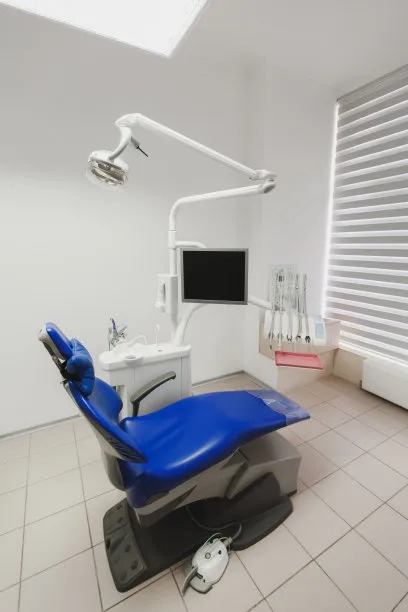Essential Precautions to Ensure a Successful Root Canal Treatment Procedure and Patient Safety
Summary: Root canal treatment is a crucial dental procedure aimed at saving severely damaged or infected teeth. To ensure the success of this treatment and the safety of patients, specific precautions must be taken. This article discusses four major aspects that are essential for effective root canal therapy: pre-treatment examination and diagnosis, sterile environment maintenance, effective pain management strategies, and post-treatment care and follow-ups. Each of these elements plays a vital role in achieving optimal outcomes and enhancing patient safety during the procedure.
1. Pre-Treatment Examination and Diagnosis

Before commencing a root canal treatment, a thorough examination and accurate diagnosis are essential. The dentist should conduct a detailed medical and dental history of the patient to identify any underlying conditions that might affect the procedure. Comprehensive imaging techniques, such as X-rays, play a crucial role in visualizing the root canal system and determining the level of infection or damage present.
During the examination, the dentist should assess the tooth’s pulp health and explore any signs of periapical pathology. Identifying the specific bacteria causing the infection helps in planning an effective treatment. Additionally, the dentist should determine the tooths viability and whether a root canal is indeed the best option, or if other interventions may be necessary.
Proper documentation of the findings and discussions with the patient regarding the recommended treatment plan are also vital. This transparency ensures that the patient understands the procedure and potential outcomes, which fosters trust and cooperation during treatment.
2. Sterile Environment Maintenance
Maintaining a sterile environment is another critical aspect of ensuring patient safety during root canal treatment. Infection control protocols must be strictly followed in the dental clinic. This includes the sterilization of instruments and ensuring adequate disinfecting procedures for the dental unit and surrounding areas.
Before the procedure, the dentist and dental staff should wear appropriate personal protective equipment (PPE), including masks, gloves, and eye protection. This helps prevent the transmission of pathogens between patients and ensures a safe working environment for the dentist.
Additionally, the use of sterile techniques during the procedure is paramount. This includes using sterile files and other instruments to access the root canal and eliminating bacteria effectively. Practicing aseptic techniques significantly reduces the risk of post-treatment infections and complications, leading to a higher success rate for root canal procedures.
3. Effective Pain Management Strategies
Managing pain effectively during a root canal treatment is crucial for patient comfort and compliance. The dentist should discuss pain management options with the patient beforehand, which may include local anesthesia, sedative options, or nitrous oxide. Ensuring the patient is well-informed allows them to have realistic expectations regarding their comfort levels during the procedure.
Administering appropriate local anesthesia at the correct dosage is essential to ensure that the patient remains comfortable throughout the treatment. Continuous communication with the patient during the procedure can also help monitor their comfort levels and adjust the anesthesia if needed.
Post-procedure pain management is equally important. The dentist should provide clear instructions regarding the use of pain relievers, such as over-the-counter medications. Providing a prescription for stronger medications, if necessary, can also contribute to the patient’s comfort during their recovery period.
4. Post-Treatment Care and Follow-Ups
Providing comprehensive post-treatment care instructions is essential for a successful recovery from root canal treatment. The dentist should explain the importance of observing potential signs of complications, such as increased pain, swelling, or fever, and advise the patient when to seek further treatment.
Schedule regular follow-up appointments to monitor the healing process and ensure that the tooth is functioning properly. These check-ups allow the dentist to assess the success of the root canal treatment and address any issues that may arise promptly.
Encouraging patients to adhere to good oral hygiene practices after the treatment, including regular brushing, flossing, and professional cleanings, is vital in preserving the health of the treated tooth and ensuring its longevity.
Summary:
In conclusion, ensuring a successful root canal treatment requires adherence to essential precautions that encompass pre-treatment examinations, maintaining a sterile environment, implementing effective pain management, and providing thorough post-treatment care. Each of these factors contributes significantly to the procedures success and patient satisfaction.
This article is compiled by Vickong Dental and the content is for reference only.



